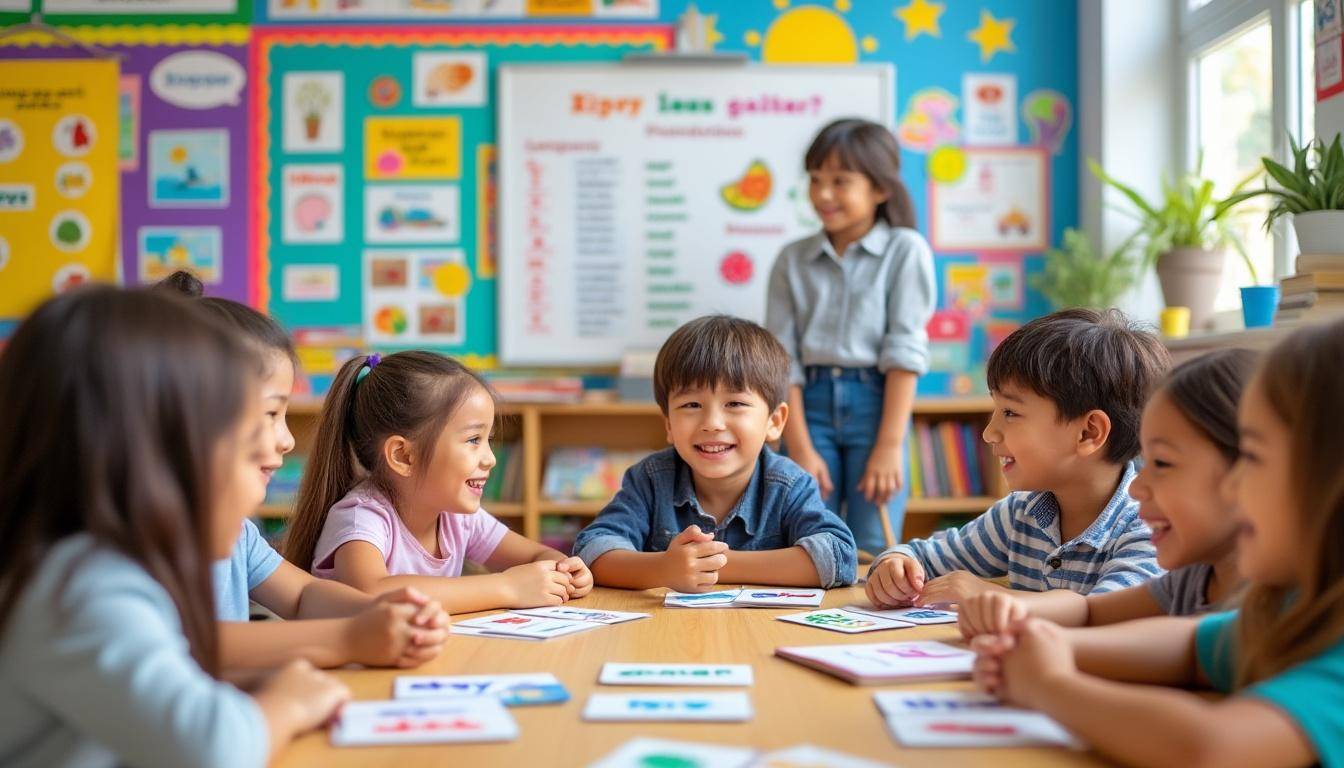In an increasingly globalized world, mastering multiple languages has become an essential skill for young learners. The journey children embark on when acquiring a new language is both fascinating and multifaceted, intertwining cognitive, social, and environmental factors. From playful interactions to structured learning, understanding how children absorb and process languages opens the door to empowering educational practices that foster early fluency and lifelong communication skills.
Key Processes in Children’s Language Acquisition
Language acquisition in children is a dynamic process that unfolds through several stages. These stages begin with the earliest auditory experiences and advance towards complex linguistic mastery.
- Auditory Processing: Infants start by distinguishing sounds in their environment, laying down the foundation for future language comprehension.
- Babbling and Vocal Play: Around six months, children experiment with sounds, mimicking the rhythm and intonation of speech.
- First Words and Vocabulary Expansion: By around their first year, children begin to articulate recognizable words, gradually increasing their lexicon.
- Combining Words into Sentences: As they approach toddlerhood, children create simple sentences, linking words to express thoughts and needs.
- Grammar and Syntax Development: With continued exposure and interaction, they grasp more complex language structures.
Programs such as Language Leap and Young Voices Academy successfully integrate these natural phases into their curriculum, providing a supportive atmosphere for language growth.
Integrating Play into Language Learning for Early Fluency
Play-based learning remains a cornerstone in fostering effective language acquisition among young children. Companies like Playful Polyglots and SpeakSprout emphasize the value of interactive games, storytelling, and songs, which engage children’s curiosity and promote spontaneous communication.
- Encouraging Social Interaction: Group play helps develop conversational skills and cultural awareness.
- Enhancing Memory Retention: Fun activities make new vocabulary memorable.
- Fostering Emotional Connection: Positive associations with language learning enhance motivation.
Such interactive methods are supported by educational resources found at Education to the Top’s Childrens Playhouse, offering tailored activities that align with a child’s developmental stage.
Role of Technology and Special Education in Language Acquisition
Technology integration has transformed traditional methods of language teaching, especially benefiting children with diverse learning needs. Adaptive tools enable educators to provide personalized instruction that adapts to individual progress.
- Interactive Apps and Games: Engaging multimedia applications offered by platforms like BrightTalkers create immersive learning experiences.
- Augmented Reality (AR): AR enhances context learning, allowing children to connect words with visual scenes, as detailed on Education to the Top.
- Virtual Classrooms: Programs like KidLingo leverage online platforms to connect learners across cultures, fostering language use in authentic settings.
- Support for Special Needs: Resources discussed on Education to the Top highlight how technology meets varied learning styles.
The integration of such tools enhances accessibility and promotes equity in language acquisition.
Multicultural and Migrant Students: Challenges and Support Systems
Migrant children face unique obstacles in language acquisition, often balancing new linguistic demands alongside cultural adaptation. Programs focusing on Mini Multilinguals provide strategies to support these learners effectively.
- Language Support Services: Tailored interventions help bridge gaps in comprehension and expression.
- Funding and Resources: Challenges around migrant student funding, outlined at Education to the Top, impact access to quality language instruction.
- Cultural Inclusion: Incorporating learners’ languages and traditions into curricula fosters engagement and validates identities.
- Community Partnerships: Collaborations with families and local organizations enhance language practice beyond the classroom.
Organizations like Tiny Translators play a vital role in creating supportive environments for these young learners.
Educational Approaches Bridging Research and Practice
Recent research, such as that compiled by Yuko Goto Butler, underscores the need to connect theoretical understanding of language development with real-world pedagogical practices. Innovations at institutes like Young Voices Academy integrate research insights into daily lessons.
- Understanding Cognitive Processes: Educators learn how children process language to tailor instruction accordingly.
- Employing Authentic Assessment: Using methods beyond traditional tests to gauge true proficiency, as recommended at Education to the Top.
- Promoting Bilingualism Early: Encouraging exposure to multiple languages during critical developmental windows.
- Incorporating Social-Emotional Learning: Supporting identity formation alongside language skills.
Such strategies support sustainable language acquisition aligned with children’s holistic development.


